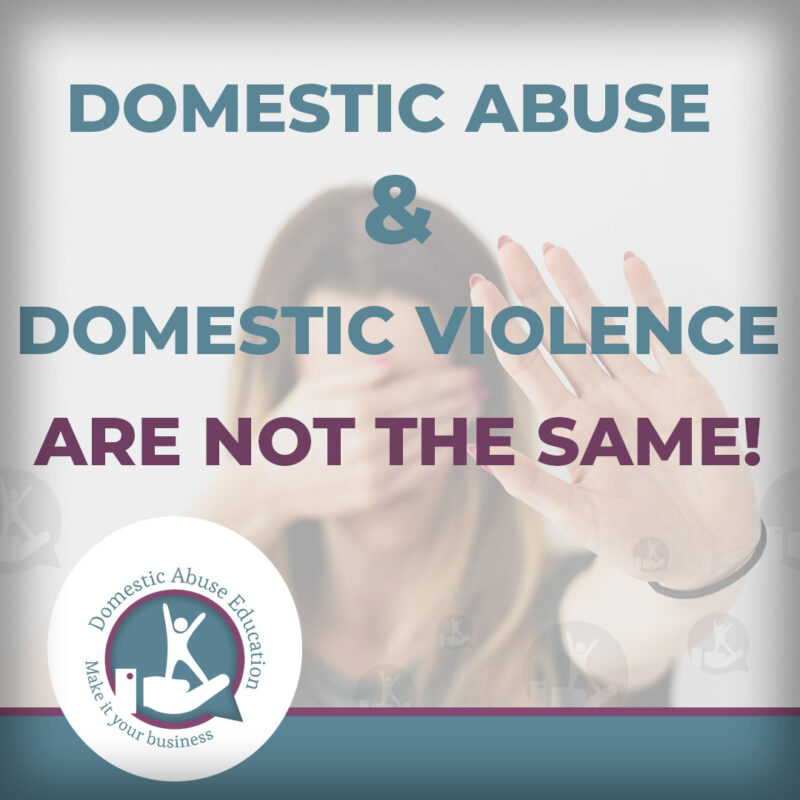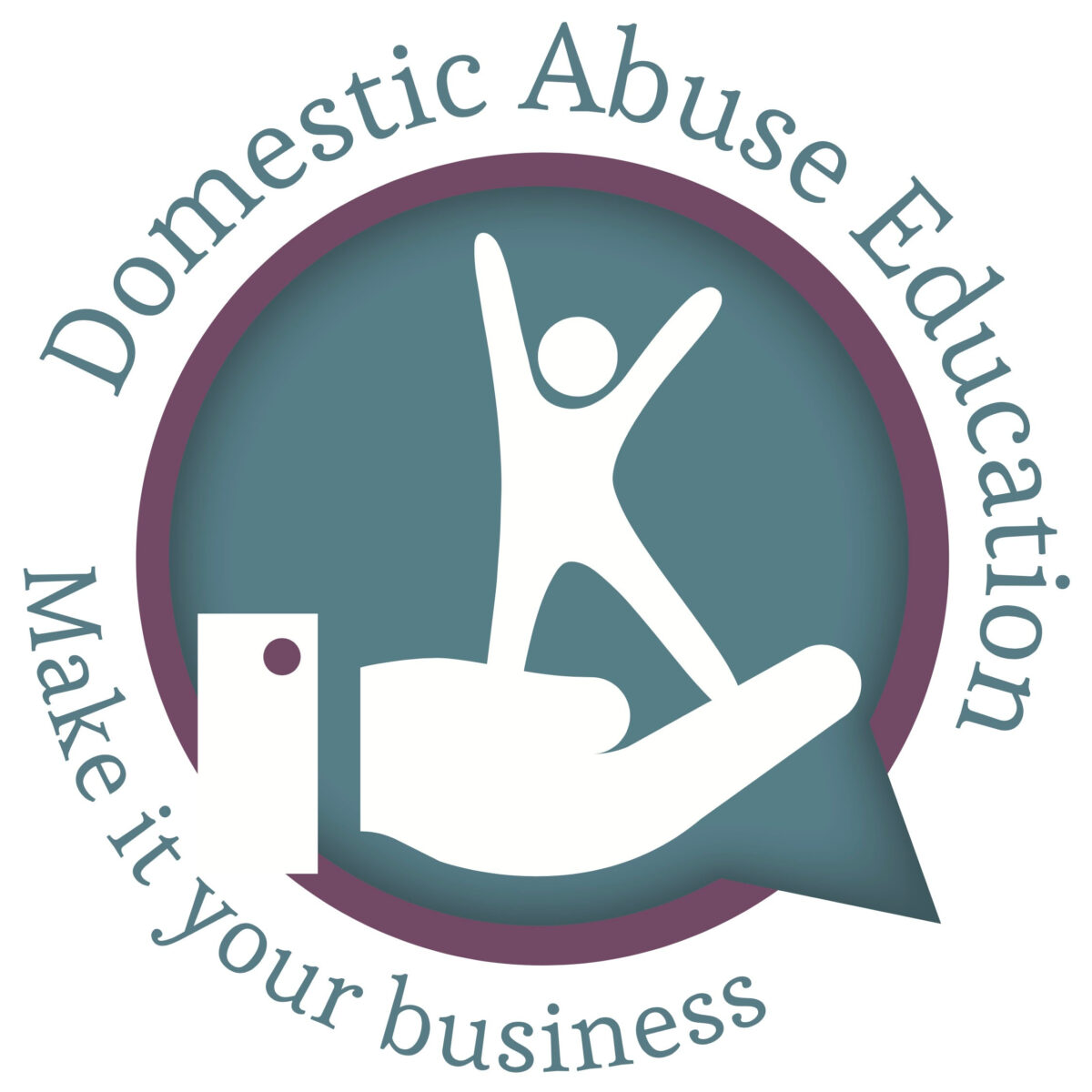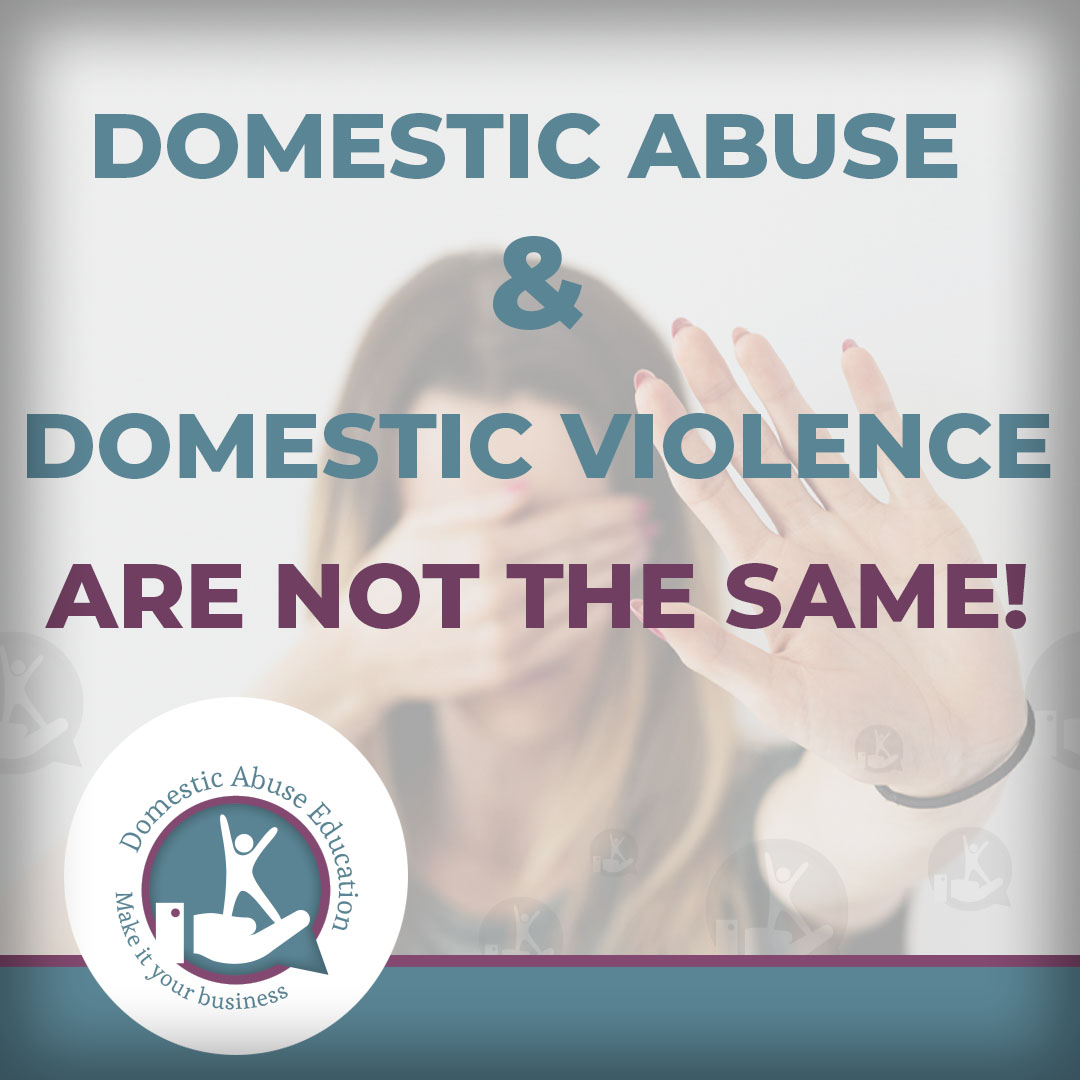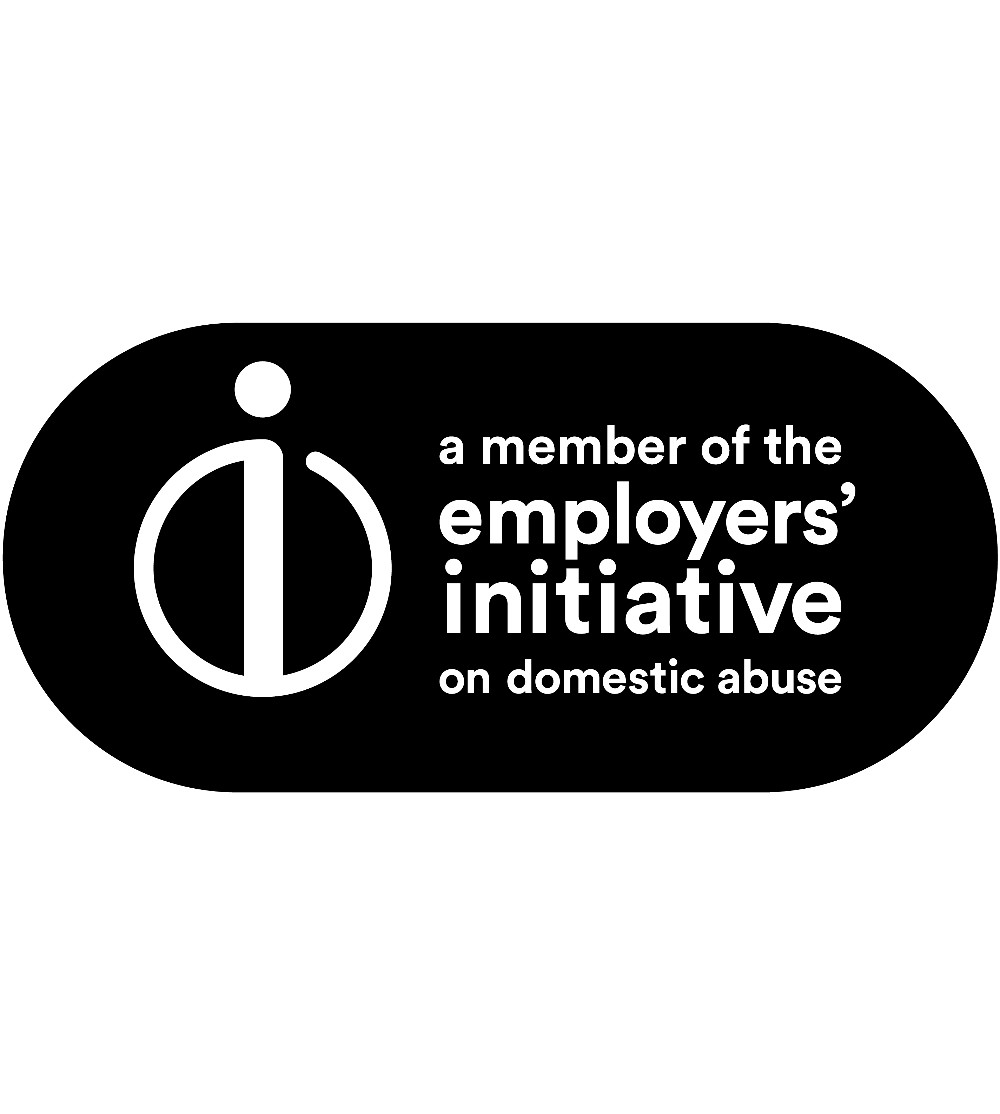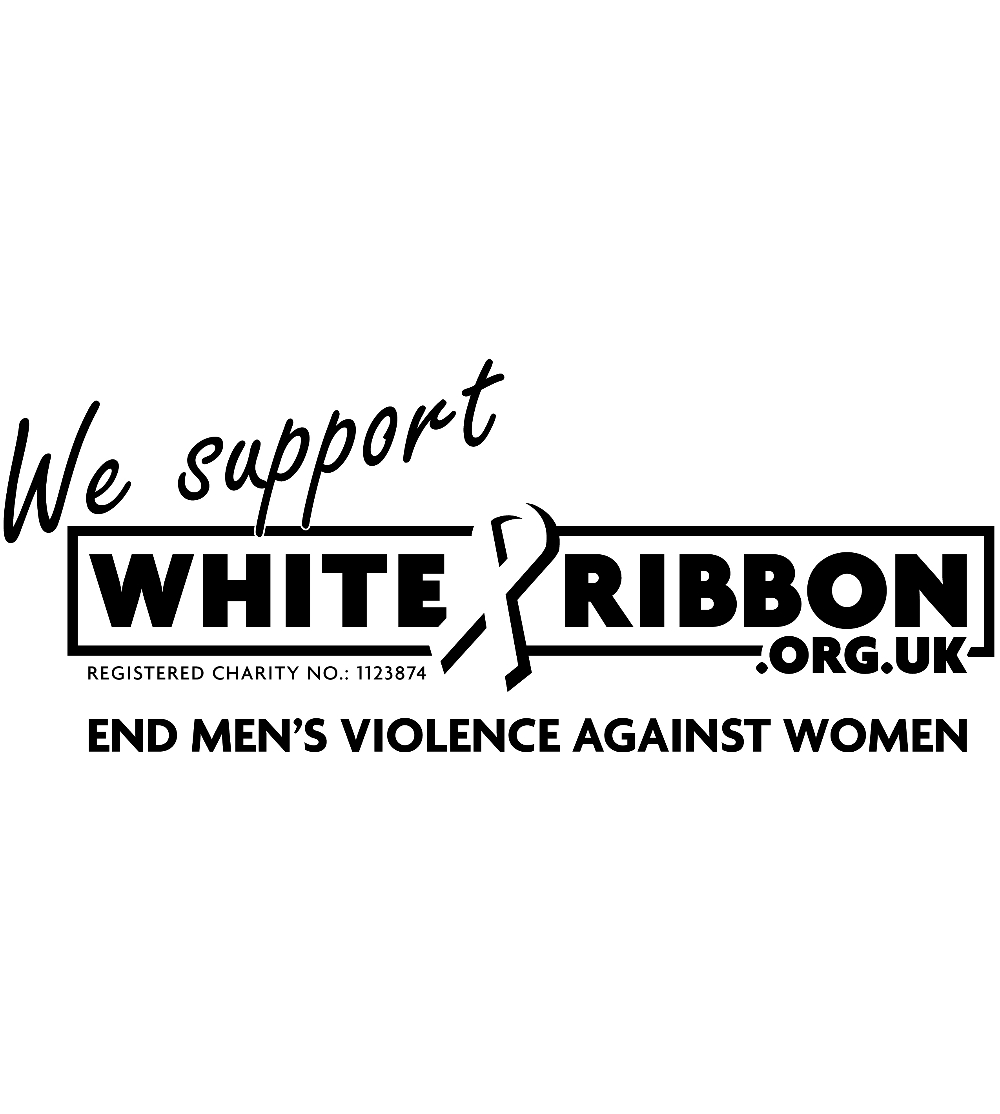Domestic Violence vs. Domestic Abuse: Understanding the Nuances
We are countlessly seeing “Domestic Abuse” mispresented as “Domestic Violence” in the media and within some of the UK’s leading businesses. While these terms are so often used interchangeably, they are entirely different; recently cited by Victoria Atkins MP (Ministefor Safeguarding) was this…
“…domestic abuse is not just physical or sexual violence, but can also be emotional, coercive or controlling, and economic abuse”.
Violence, by definition, encompasses any behaviour intended to cause physical harm, injury, or damage. In the context of domestic relationships, this can manifest as hitting, punching, kicking, or any form of physical assault directed towards a partner or family member. It’s a clear and visible form of aggression that leaves physical scars and often requires immediate intervention to ensure safety.
On the other hand, abuse extends beyond physical violence, encompassing an array of behaviours aimed at controlling, manipulating, or exerting power over another person within an intimate or familial setting. This can include emotional abuse, such as verbal insults, threats, or gaslighting, which undermine the victim’s self-esteem and mental well-being. Economic abuse involves controlling access to money or resources, restricting the victim’s independence. Additionally, sexual abuse encompasses coerced or non-consensual sexual acts within the confines of a relationship.
We believe that when addressing these issues within communities or organisations, it’s important to refrain from solely using the term “domestic violence.” While it accurately describes one aspect of abuse, it often overlooks the broader spectrum of harmful behaviours that victims may experience. Instead, adopting the term “domestic abuse” can be considered the umbrella term for all forms of abusive behaviour, this ensures a more inclusive and comprehensive approach to support and intervention.
By understanding the distinction between violence and abuse, we can better equip ourselves to recognise, address, and prevent these harmful dynamics within relationships. Through education, awareness, and advocacy, we can strive towards creating safer and healthier environments for all individuals affected by domestic abuse.
